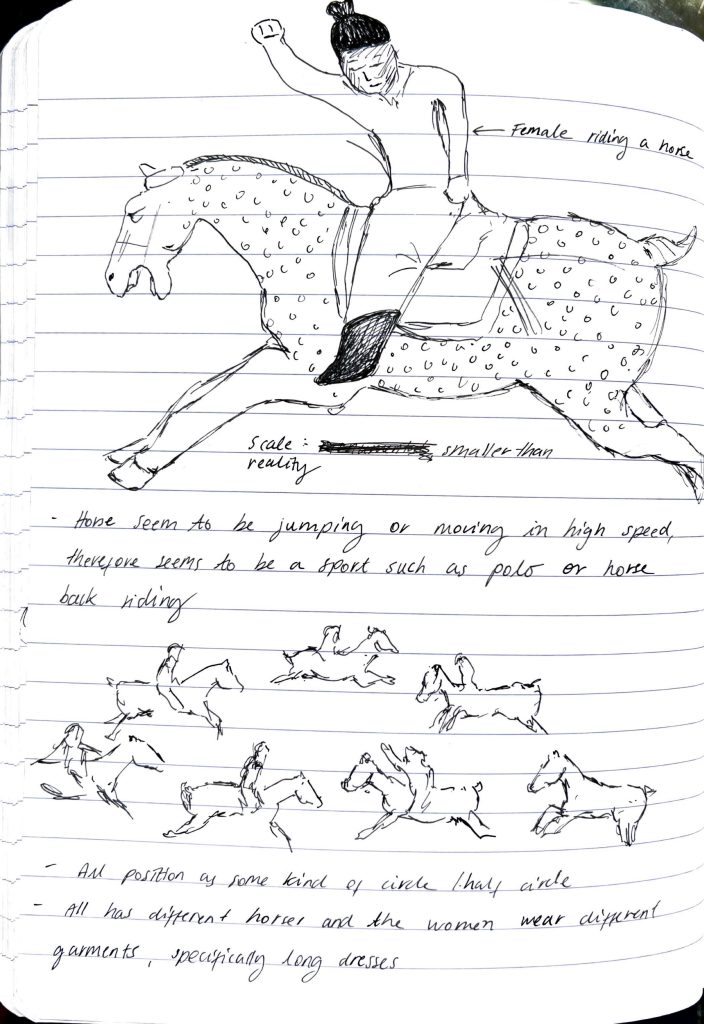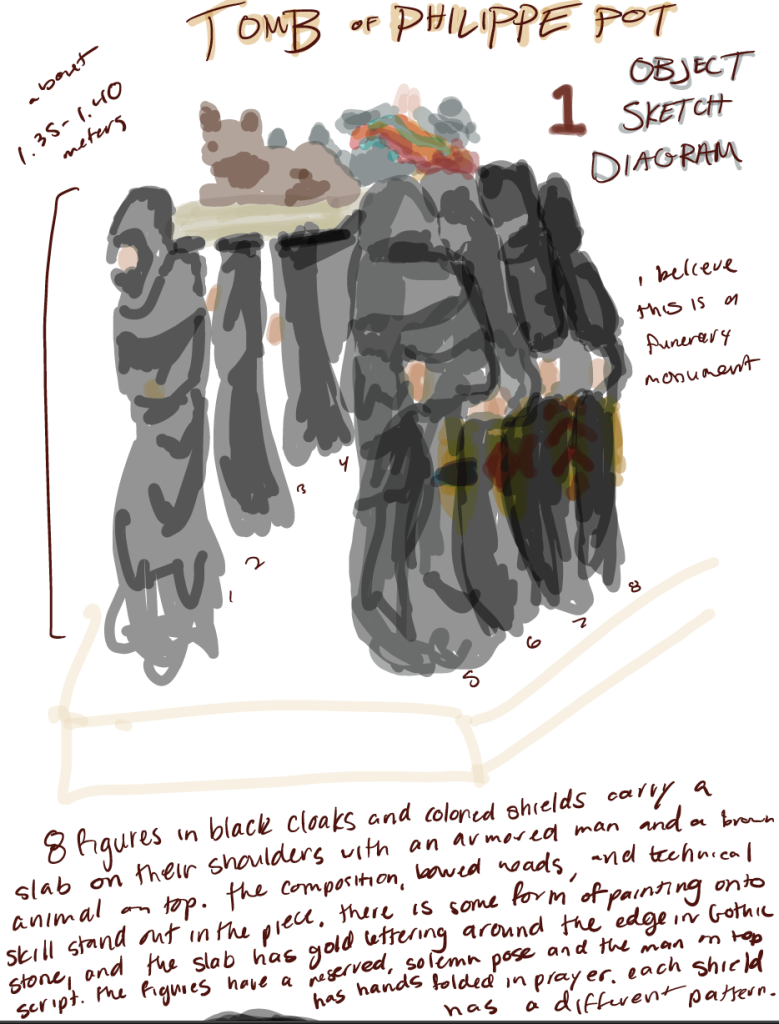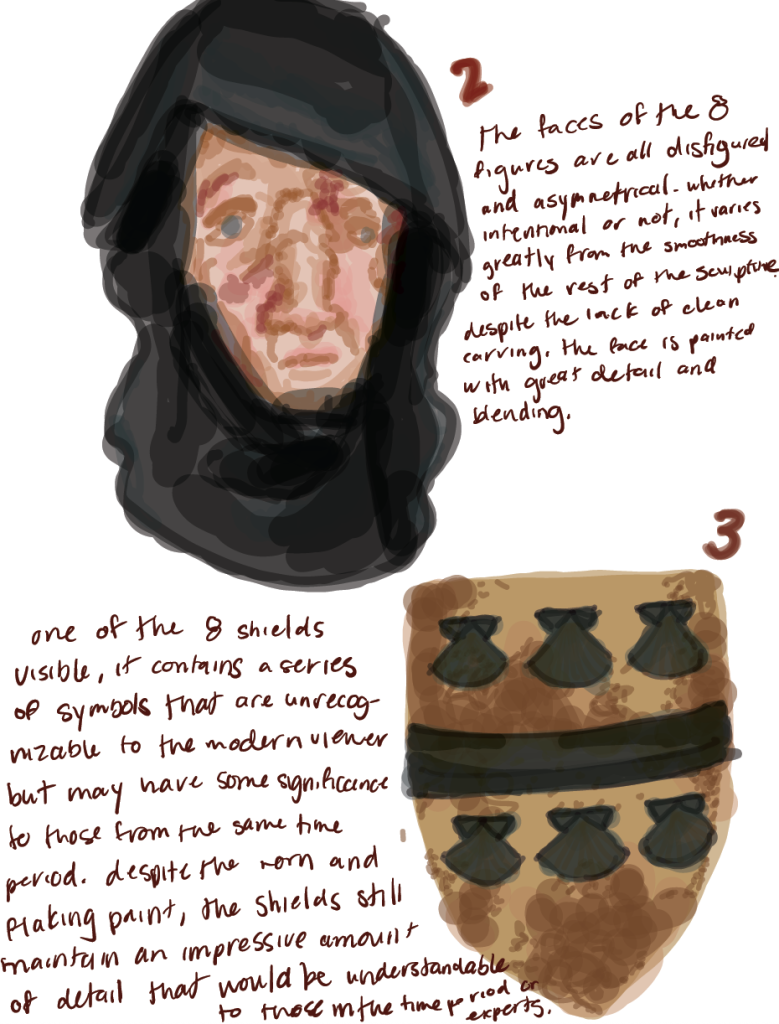First Year Curriculum: Objects as History in 3 questions
Objects as History, also known as “OaH” is a Liberal Arts Elective course, LAE on your transcript, that all BFA students, that means AMT and FD students, take at Parsons Paris. But beyond these cryptic acronyms and such a broad title, what is the class about?
What is the topic studied in OaH?
Objects as History (OaH for short) could be presented as a survey in world design with a focus on preindustrial societies. Material culture studies is the main theory and method introduced in the class. In other words, the careful observation, description, and analysis of objects is at the front and center of the learning experience.
The course catalogue reads as follow:
Objects as History asks you to look, with care, at how the world of “things” defines who we are and where we have come from. You will learn to ask fundamental questions that allow you to “read” an object: What is it? What are its visual characteristics? Who made it? How was it used? How does it embody the values and beliefs held by its makers and users? When we look at objects we will consider questions about material, style, context, function and process. We will make connections across time periods and cultures from prehistory (times before recorded human histories) to the 19th-century. In this course we will address historical objects in ways that allow you to allow you to enter to the present and to the disciplines you plan to enter as artists, designers and strategic thinkers. This includes critically engaging the frameworks we use to determine what “counts” as art and design, how it is understood, what is considered valuable, and to whom. This might include engaging with current debates about museums as institutions, restitution of objects to the places and cultures from which they were taken, and where art and design even belongs. The course aims to create a common visual vocabulary useful to all students through lecture, analysis, discussion and direct experience with works.
Who takes OaH?
First-year students who pursue a Bachelor in Fine Arts, either in the Art, Media, and Technology or in the Fashion Design programs, are the ones taking this class. The AMT students usually take it in the Fall, when the Fashion Design students attend OaH in the Spring.
What is it like to study material culture from preindustrial societies?
The class offers students with the opportunity to further their understanding of societies, from the Paleolithic period to the Industrial Evolution. It includes readings, of course, but also podcasts, and an important number of classes in museums. Indeed, Paris provides for a unique and rich cultural environment where students can see in person objects from most places in the world and time periods. When studying pieces in museums, a wide range of methods come into play: lectures, discussions, but also sketching sessions, and spatial analysis of the scenography.



Surely, objects cannot be disconnected from their mode of display. The way they are presented to viewers greatly informs how we see them. In fact, the imperial and colonial past of France invites for a reflection about objects provenance. The window display lets you see utilitarian and daily objects for their aesthetic values rather than their original function. Objects of worship lose their spiritual function when removed from shrines and temples. Overall, the course allows students to learn both about a wide range of societies and places through the ages, but also to forge a critical understanding of the museum’s function and limits as educational institutions.
Where do you study pre-industrial objects in Paris?
This class takes place at the Saint-Roch campus, a few blocks away from Jardin des Tuileries. Yet, there is more to see than the photographic reproductions in text books, so the class often moves to different locations. Among the long list of museums, here are some of the most well-known ones where you will go as you take OaH:
- Musée du Louvre
- Musée de Cluny
- Musée des Arts Asiatiques-Guimet
- Musée du quai Branly – Jacques Chirac
- Sainte Chapelle
- Musée des Arts Décoratifs
- Musée des Arts et Métiers
Not only does Object as History provides students with a wide range of examples from Design History, preparing them for their majors, but it also introduces them to the incredible museum resources present in Paris, an endless source of inspiration.